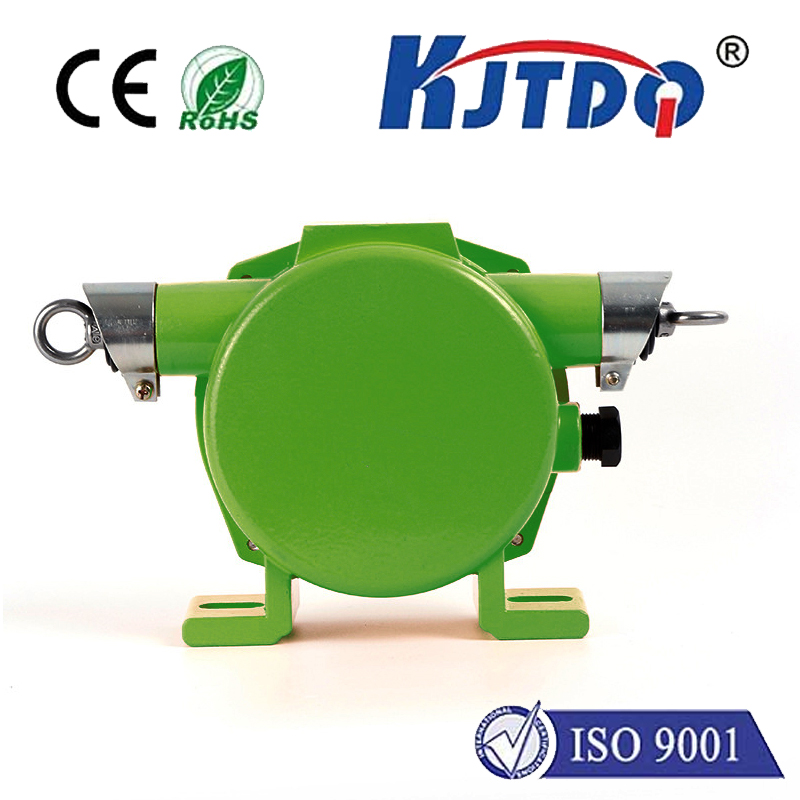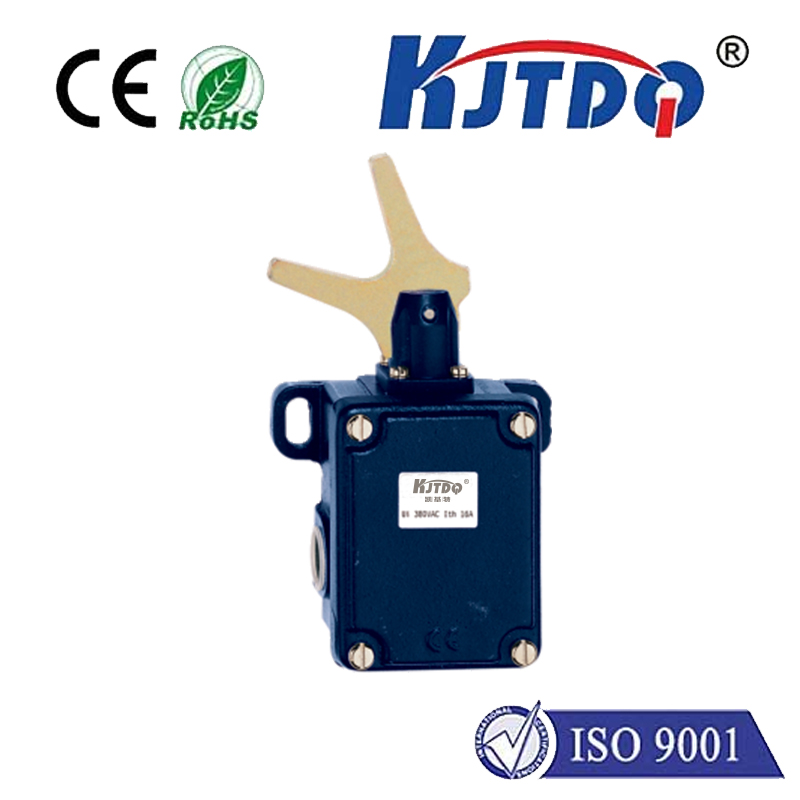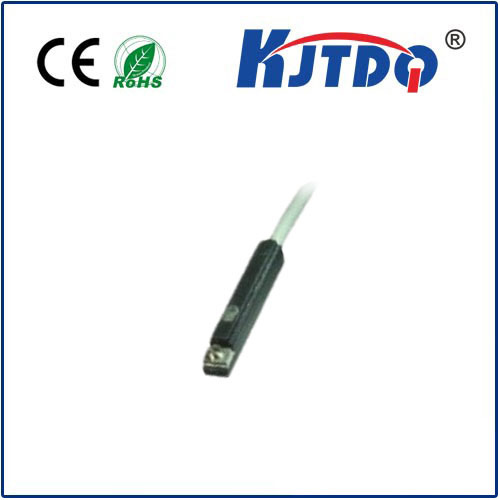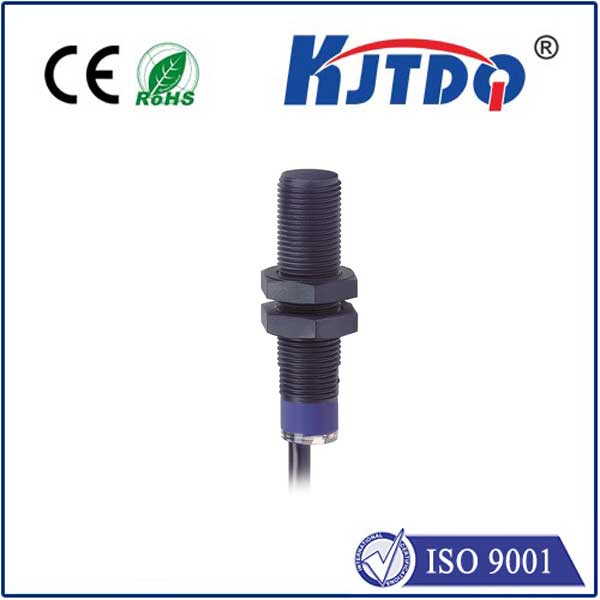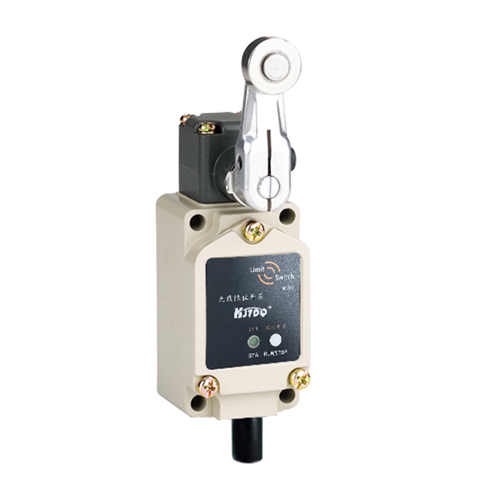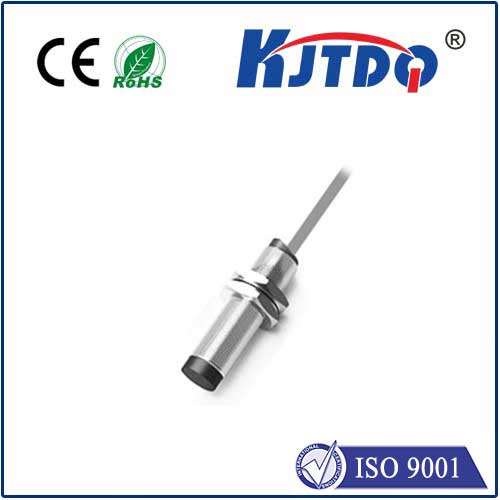

check

check

check

check
Photocell Beam Sensors: The Invisible Technology Safeguarding Efficiency and Security
Walk into many modern supermarkets, warehouses, or even your own garage, and an invisible magic happens: doors slide open effortlessly. Drive down a street at night, and streetlights illuminate your path seemingly on command. This isn’t magic; it’s the sophisticated, often overlooked work of photocell beam sensors. These ubiquitous devices, masters at detecting the presence or absence of light, are fundamental pillars of automation, safety, and energy conservation in our daily lives. Understanding how they operate reveals the elegant simplicity behind countless critical functions.
At its heart, a photocell (or photoresistor) is a simple light-sensitive resistor. Its core component is typically made from a semiconductor material like Cadmium Sulfide (CdS). The fundamental principle is straightforward: its electrical resistance changes dramatically based on the intensity of light falling upon it. In complete darkness, a CdS photocell exhibits very high resistance – millions of ohms. When exposed to bright light, its resistance plummets to just a few hundred ohms. This remarkable property turns light into a readily measurable electrical signal.

The photocell beam sensor leverages this principle for detection. Imagine two key components: a light source (like an infrared LED or a focused visible beam) and a photocell receiver, positioned opposite each other. The light source emits a constant, usually modulated, beam of light directed precisely at the receiver’s photocell. Under normal, uninterrupted conditions, this light beam strikes the photocell, causing its resistance to be low. This low-resistance state is interpreted by the connected circuitry as the “beam intact” or “clear” signal.
The crucial detection event occurs when an object interrupts the light beam between the source and the receiver. This sudden absence of light hitting the photocell causes its resistance to skyrocket. The circuitry monitoring this resistance detects this sharp change, flips its logic state, and outputs a signal indicating an “obstructed beam” or “object present.” This binary change – beam present vs. beam broken – is the fundamental language of photocell beam sensing. Its reliability and speed make it indispensable for numerous applications.
Where do we encounter these photocell beam detectors? The list is surprisingly extensive:
The core strengths of photocell beam sensors lie in their directness, speed, and reliability. Unlike proximity sensors that might detect heat or capacitance changes, a beam interruption provides a clear, unambiguous signal. They react instantaneously, making them perfect for critical safety stops. Modern versions often use infrared light, invisible to the human eye, making them discreet and less prone to tampering or accidental triggering by ambient visible light fluctuations.
However, optimal performance requires consideration. Ambient light interference can be a challenge. Direct sunlight flooding a receiver might trick it into thinking the beam is always present. Careful mounting, shielding, and the use of modulated light beams (pulsing at a specific frequency) help the receiver distinguish the signal from background noise. Alignment between the emitter and receiver is also paramount; even slight misalignment can render the sensor ineffective. Regular cleaning of lenses is essential to prevent dust or grime from blocking the beam path and causing false triggers or failures. Understanding these factors is crucial for troubleshooting photocell issues.
From preventing industrial accidents to automating our doorways and optimizing our energy use, the photocell beam sensor is a testament to how a simple principle – light changing resistance – can be harnessed for profound complexity. They function silently, unseen, yet their role in enhancing safety, driving efficiency, and enabling modern conveniences is undeniable. The next time a door slides open automatically or you feel safe knowing dangerous machinery will stop if you get too close, remember the humble photocell beam working tirelessly behind the scenes, making the modern automated world possible, reliable, and significantly safer. Their straightforward detection mechanism remains a cornerstone of automation logic, proving that sometimes the simplest solutions are also the most enduring and powerful.
